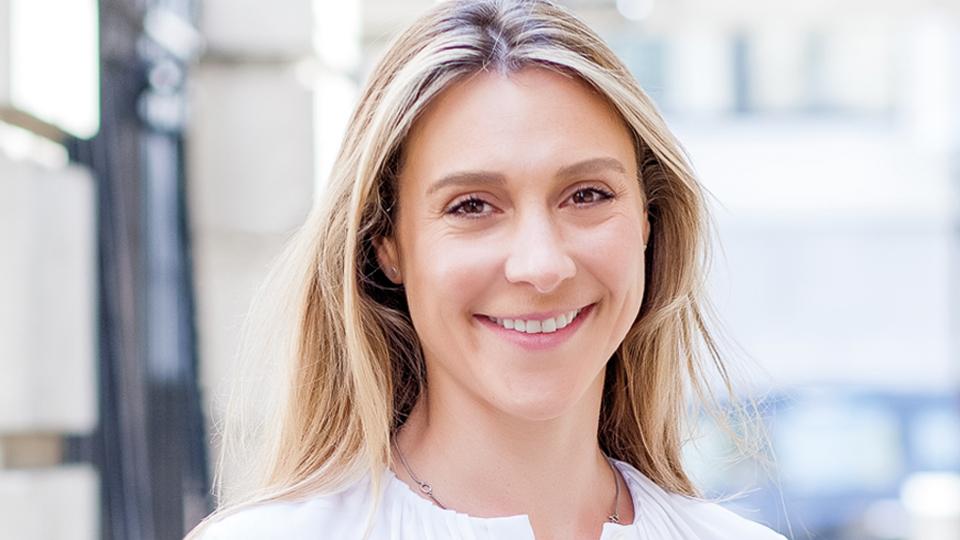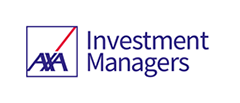
Amanda O’Toole, Clean Economy strategy manager
• Only 20%[1] of electronic devices are recycled, with many ending up in landfills
• Many electronic devices are hard to recycle, contributing to electronic waste
• Clean technologies are looking to rescue precious metals from discarded devices
Set to silent
The plight caused by plastics has been dominating headlines, but there is another waste management issue that has been silently growing.
Electronic waste – more commonly known as e-waste – refers to the disposal of broken or obsolete electronic equipment, and unless it is disposed of responsibly, it can have serious environmental ramifications.
Alarm bells are starting to ring
Today, computers can be found in a myriad of everyday objects from phones to water bottles to toothbrushes, and as developments in technology continue to grow, so too does the demand for new electronics, with the number of connected devices anticipated to reach 31 billion by 2020[2].
However, old, obsolete devices must go somewhere, and for many this means landfills. Referred to by the United Nations as a tsunami of e-waste, the 50 million tonnes2 produced each year – enough to cover an area the size of Manhattan[3] – accounts for 70%[4] of the toxic waste in landfills, and without change, the e-waste epidemic will get worse.
No rewind button
The impact of e-waste has been exacerbated by the difficulty in recycling and reusing many electronic devices.
Precious metals are frequently mined for use in electronics – it’s estimated that complex electronics can contain up to 60 elements from the periodic table[5] – but when devices are discarded, recovering the materials that have been used can be a complex and expensive process. This has meant that mined precious metals often end up back in the ground, disused and trapped in electronic devices.
In 2016, the value of the secondary raw materials in e-waste – including gold, silver, copper and aluminium – was estimated to be €55 billion1. Now, new clean technologies are offering the chance to reduce this loss and give raw materials a second life.
Answering the call for change
Using sonic, underwater vibrations, Ronin8[6], a technology company aiming to create a circular economy for electronics, have developed a technology that can remove metals from circuit boards, without destroying non-metals in the process. Providing the potential to recover materials that would otherwise be lost to the Earth. Furthermore, the water used during this process is recycled, reducing the impact they are having on the world’s water scarcity issue.
From soundwaves to voltages, Yale researchers[7] have developed a new technology that uses carbon nanotube filters to separate the elements found in e-waste. This is achieved by adjusting the voltage applied for each metal they are trying to extract – for example, copper requires a low voltage, whereas europium requires a high voltage – allowing for the careful selection and extraction of each metal from smart phones and tablets.
One prevailing issue with recycling e-waste is the space required to do, but this could be about to change. Microfactories can operate on a site as small as 50 metres and one has now been established in Australia to help recover and transform e-waste materials. In this factory, devices are sent through a series of ‘modules’ that breaks them down, identifies their components and transforms each part into valuable materials – including metal alloys and micromaterials – once again helping to give electronic devices a second life and reduce waste.
Next generation of tech
E-waste may be growing, but we believe that change is coming and we are witnessing companies and organisations begin to embrace the need for transformation. In 2020, the Tokyo Olympics will be contributing to this change and bringing the issue of e-waste to the world stage by presenting athletes with medals[8] that have been made using recycled e-waste metals.
And, while many of these new clean technologies are still in their infancy and research into their scalability and growth is ongoing, we believe that they could provide new, exciting investment opportunities.
[1] Source: The Global E-waste Monitor 2017
[2] Source: Statistica, Internet of Things (IoT) connected devices installed base worldwide from 2015 to 2025 (in billions), as at 2019
[3] Source: World Economic Forum, The world’s e-waste is a huge problem. It’s also a golden opportunity, as at 24.01.2019
[4] Source: World Economic Forum, How do we tackle the fastest growing waste stream on the planet, as at 09.02.2018
[5] Source: A new circular vision for electronics, World Economic Forum, http://www3.weforum.org/docs/WEF_A_New_Circular_Vision_for_Electronics.pdf, as at January 2019
[6]Source: https://ronin8.com/technology/
[7] Source: Recycling the rare earth metals of e-waste, https://seas.yale.edu/news-events/news/recycling-rare-earth-metals-e-waste
[8] Source: Financial Times, Gold rush 2.0: Jewellers mine mobiles for precious metals, as at 01.07.2019



